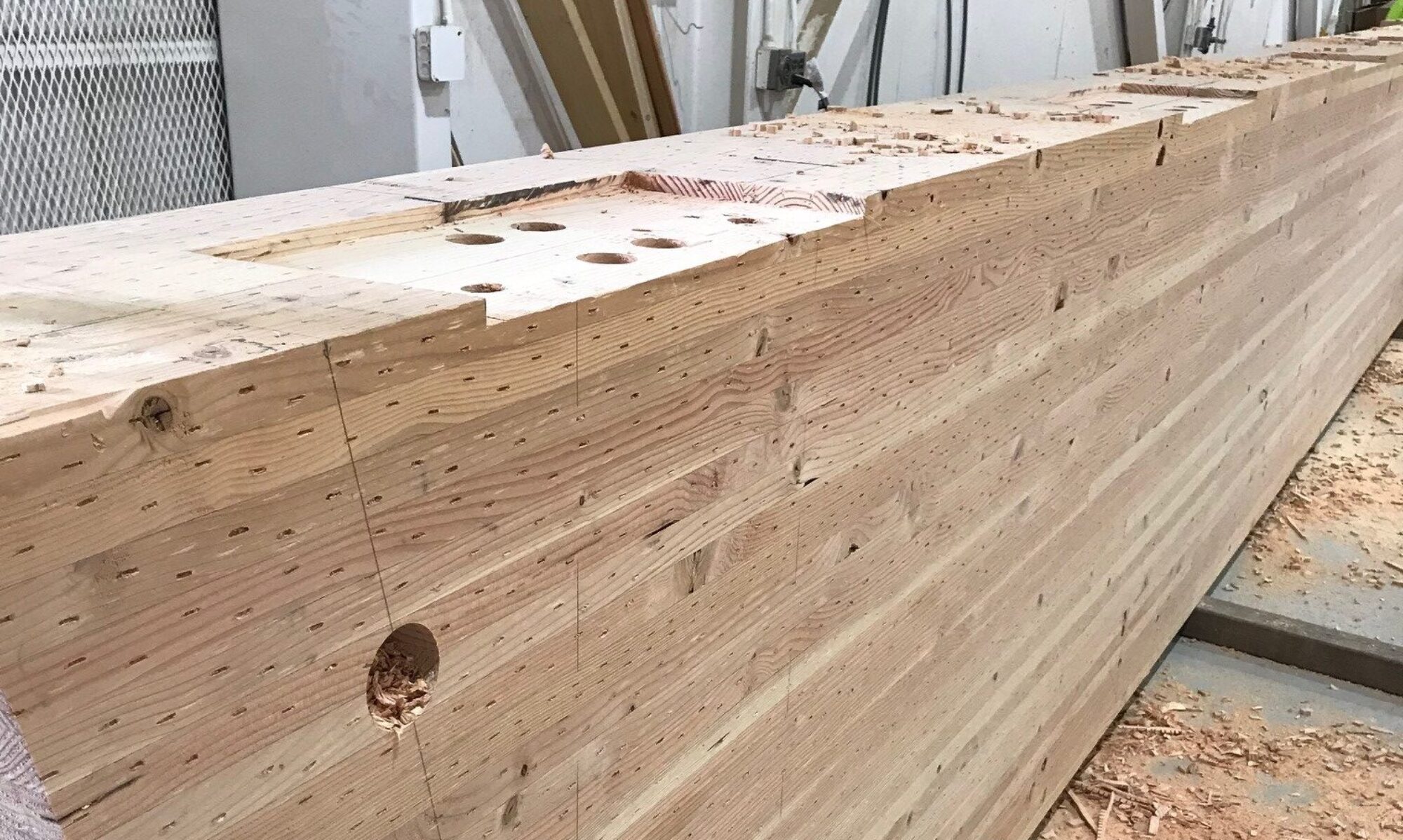“Still other elements are invisible — yet critical. The walls of the house have a one-hour fire rating. The deck is Class A wood, as resistant to ignition as concrete or steel, Chasen says. Tempered glass protects the interiors. And the front of the house was built with heat-treated wood, shielded from flying sparks and embers by the extruding walls and roof line.”
Biden Administration Withdraws from Old Growth Forest Plan
“Wildfires, insects and disease have been the main killers of old-growth trees since 2000, accounting for almost 1,400 square miles (3,600 square kilometers) of losses, according to government research. Logging on federal lands cut down about 14 square miles (36 square kilometers) of old-growth forest — and timber industry representatives have said that figure shows further restrictions aren’t needed.”
Source: https://apnews.com/article/biden-old-growth-forests-climate-change-e365debe64acf791f16de2ce75cb9342
The Edison Building in Milwaukee, WI Will Rise to 31 Floors of CLT and Glue Laminated Timbers on a Prestressed Concrete Base
“It is ambitious projects like THESE that show how smaller cities are now poised to surpass the once-dominant capitals that shaped our skylines a century ago. Milwaukee’s progressive leaders are embracing a future-oriented vision, encouraging development and innovation. Secondary cities across America are proving what’s possible. It’s time we all listen.”
Source: https://woodcentral.com.au/americas-next-timber-skyscraper-to-use-100k-cubic-feet-of-lumber/
Tariffs of Incoming Administration Could Drastically Affect US Lumber
A 25% tariff on Canadian Lumber will significantly affect the US lumber industry.
Source: https://cnr.ncsu.edu/news/2025/01/us-lumber-market-trump-administration/
Patrick Lumber expands into PNW Hardwoods
“Part of the reason that we’re not exclusively alder is that it opens us up to create a market for logs and species that would otherwise be a cost center for the loggers or the landowners or there would be less in the forests as potential wildfire fuel,” explained Haddix, Patrick Lumber operations manager. “So we’ll be bringing in maple, chinquapin, madrone, all those other things that would just be left behind. Somebody has to pay to pull it out and then you have to find somebody to buy it and there just isn’t that big of a market.”
Source: https://philomathnews.com/philomath-based-lumber-company-embracing-oregon-hardwoods/
Georgia Assesses $1.2B in Hurricane Damage
Georgia’s $4B timber industry took a $1.2B hit from Hurricane Helene in September of 2024. Georgia Forestry Association President Tim Lowrimore estimated only 10% of the blown-down timber could be salvaged. In the wake of heavy rains, the hurricane’s force upended a massive swath of Georgia’s timberland. The impact will be felt for decades as small towns bear the brunt of the impact, rippling out to higher construction costs in the future.
Source: https://www.wrdw.com/2024/12/25/ga-timber-industry-takes-12b-hit-hurricane-helene/
Google’s Latest Building Created With Mass Timber
Mercer Mass Timber supplied the Cross-Laminated Timbers for Google’s 182,500-square-foot Borregas building. Michael Green Architecture and Equilibrium structural engineers designed the facility. The project features Douglas Fir 3, 7, and 9 ply floor and roof panels, totaling 3100 m³, and glulam girders, purlins, and columns, amounting to 2000 m³.
Source: https://woodcentral.com.au/hey-google-why-tech-giant-leads-with-wood-to-achieve-net-zero/
Canadian Softwood Duties Increase Dramatically
The United States increased import duties from 8.05% to 14.54% to match the Canadian government’s perceived dumping.
Source: https://www.cbc.ca/news/canada/british-columbia/canadian-softwood-lumber-us-duty-1.7294054
Softwood Lumber Board Seeking Cities and Industry Partners for Mass Timber Investment
Successful programs in Atlanta, Boston, and New York City demonstrated the impact of a coordinated approach between local government, federal government, and industry. The Softwood Lumber Board invites more cities to support the growth of mass timber construction nationwide through combined investments of $100k-$250k per city.
$50M Upgrade at Stimson Forest Grove Mill
Stimson Lumber will invest $50M in a new high-speed sawmill line at its Forest Grove, Oregon mill. The new line features a Finnish Veisto-Oy HewSaw, arguably one of the finest primary breakdown lines in the industry. The new line will allow the mill to process smaller-diameter logs (4-16″ diameter) at a blazing 560 LF/minute rate. Once operational, it will be the fastest sawline in North America.
